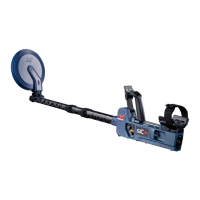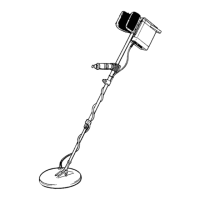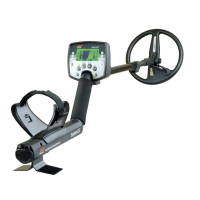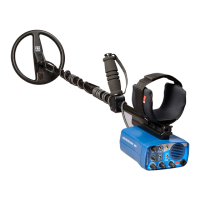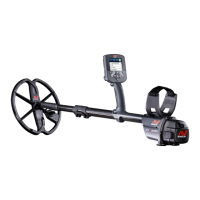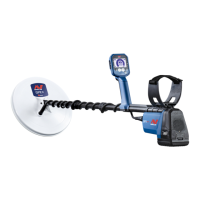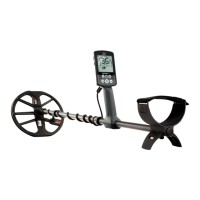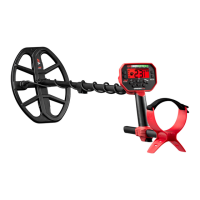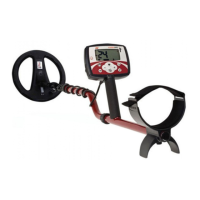Metal detectors create an electromagnetic
(EM) eld around the coil, which penetrates
the ground. Because metal is conductive it
causes a change in this eld. The detector
senses this change through the coil and
sends a signal back to the control box,
alerting the operator.
Metal detectors can determine the size, shape
and composition of metallic objects beneath
the coil. Typically, the larger the object, the
easier it is to detect.
A metal detector’s EM operating frequencies
are measured in kilohertz (kHz). Low
frequency EM elds (e.g. 1.5kHz) penetrate
the ground deeply, but sensitivity to smaller
targets is low. High frequency EM elds (e.g.
65kHz) have a shallower depth of penetration,
but sensitivity to small targets is high.
Safari’s multiple frequency operation provides
the advantage of both; good depth and high
sensitivity.
How Metal Detectors Work
Item Number: 4901 - 0070
Revision: 1.1
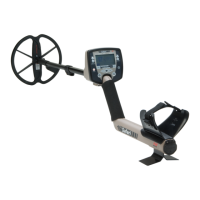
